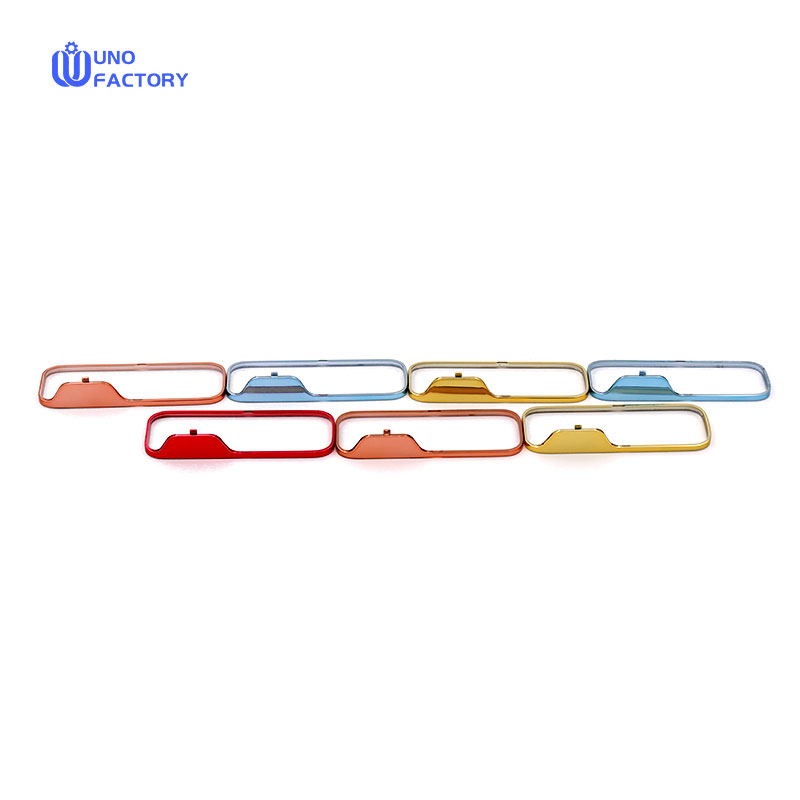Time to read: 6 min

Introduction to Injection Molding Design
The art of injection molding involves designing parts that can be produced efficiently and cost-effectively. This comprehensive guide provides insights into the design principles and practices that will help you create high-quality injection-molded components.
Understanding Injection Molding
Injection molding is a high-speed, high-volume manufacturing process used to produce complex plastic parts. It offers numerous advantages, such as part consistency, detail replication, and material efficiency.
Key Considerations for Injection Molding Design
When designing for injection molding, several key factors must be taken into account:
- Material Selection: Choose the right plastic resin based on the application requirements.
- Wall Thickness: Ensure even wall thickness to facilitate even cooling and reduce the risk of warpage.
- Gating and Runner Systems: Design effective gating for material flow and minimize material waste.
- Draft Angles: Incorporate draft angles to facilitate part ejection without deformation.
Design for Manufacturability (DFM)
Design for Manufacturability is a critical approach in injection molding. It involves designing parts that are easy to produce, reducing production costs and lead times.
- Rib and Boss Design: Add strength to parts without compromising on the molding process.
- Undercut Features: Consider the mold release when designing undercuts.
- Thread Incorporation: Design threads that can be molded in place or added post-molding.
Advanced Design Techniques
- Gating Strategies: Understand different gating methods and their impact on part quality.
- Venting: Design parts with proper venting to avoid trapped air and burns.
- Cooling Channels: Incorporate cooling channels for efficient heat dissipation.
Prototyping and Tooling
- Prototype Molds: Use prototype molds for design validation and testing.
- Production Tooling: Transition to production tooling with considerations for durability and precision.
Post-Molding Processes
- Trimming: Remove excess material after molding for a clean finish.
- Assembly: Assemble multiple molded parts into a final product.
Quality Assurance
- Inspection: Implement inspection techniques to ensure part quality.
- Testing: Perform functional and durability tests on molded parts.




